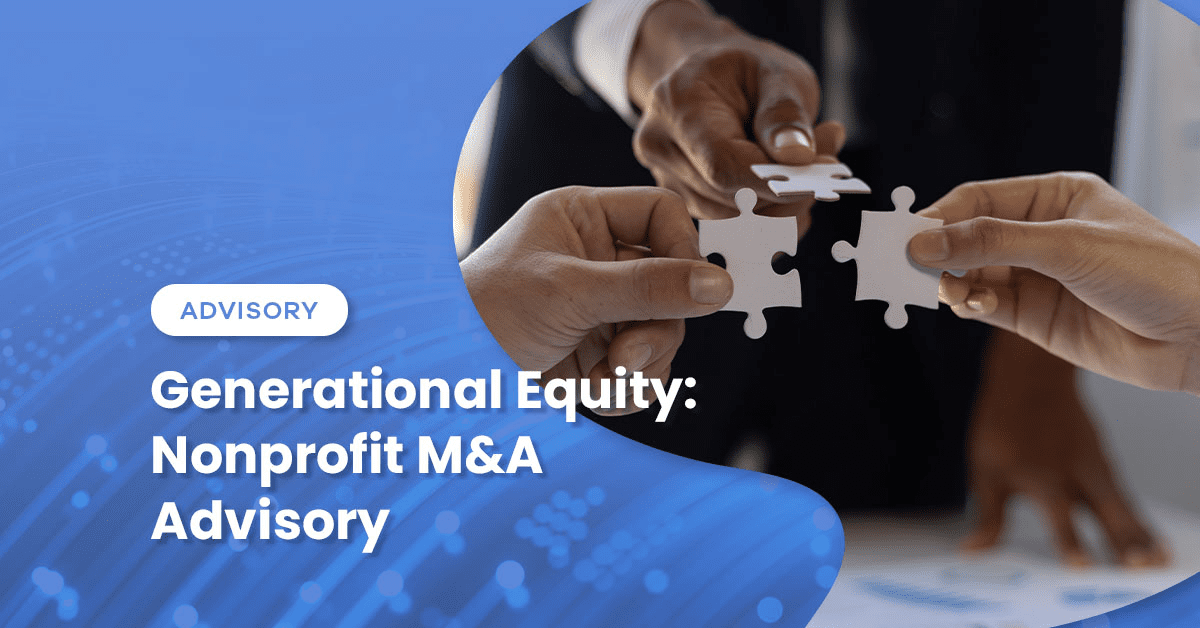Once you lay out the specific aspects of the investment—which initiative to prioritize, how to measure success, who will lead the project and how much customization is needed—you can shift focus to your employees and your strategy for guiding them through the future change. Managing change throughout the lifecycle of your initiative will be critical to creating a culture of innovation and securing ROI. There are five phases of change management—as you strategize how best to execute your initiative and encourage business-wide adoption, you should plan your approach for each phase. The below checklist will give you a solid foundation to begin planning your change management program.
5 Phases of Change Management Checklist
1. Understanding the change
- Identify the changes that will affect the entire business
- Pinpoint those that will affect specific groups within the business
- Understand what will remain the same
2. Marketing Change
- Develop a clear and concise presentation of the initiative, highlighting its key objectives, benefits, and implementation plan
- Anticipate and address questions and concerns that employees may have about the initiative and prepare to address them
3. Communicating Change
- Develop comprehensive written materials that explain the plan and its impacts
- Organize business-wide meetings to present the initiative, and provide employees with an opportunity to ask questions and learn more
- Schedule individual meetings with teams and groups that will be directly affected to address their specific concerns and needs
4. Executing Change
- Implement the change in a step-by-step process
- Communicate the implementation and adjustments to expect during the process
- Identify department or team-level representatives who can support the Innovation Champion and rally their teams to embrace the technology.
5. Supporting Change
- Establish a dedicated support team or help desk to assist employees with the transition
- Organize training sessions for all levels of the business
- Regularly solicit employee feedback on the initiative
Adjusting to a new IT initiative is easiest when your organization already has a culture of change. If you don’t have one, use your next project as a launching point to build it. While it will be extra work to lay the foundation for a cultural shift initially, your efforts will pay off for both current and future initiatives.
Challenges to Change Management
People often become attached to the systems currently in place. Perhaps they created the systems themselves or feel their job security is tied to the current system. Whatever the reason, it all adds up to resistance to change. Managing these tricky emotional ties can be challenging, but it is absolutely vital to your initiative’s success. Consider the following tips for dealing with emotional attachments:
- Appreciate the old. Make sure your employees know how valuable legacy systems have been to the organization, and pinpoint what, if anything, will be kept when deploying the new one. Even if it’s something that seems minor, it can show employees that the work they’ve done is valued.
- Get employees invested. Involve employees in each step of the initiative planning and deployment Solicit regular feedback and pay close attention to what they are saying. Incorporate their ideas into the new system. Ensuring their needs are addressed and giving them the opportunity to help own the process will encourage personal investment in the initiative’s success.
- Help them find their place. Worries over job security can cause friction, so it’s important to show employees that they will not be obsolete with the addition of the new system and that they can learn new skills and technologies to help them advance in their careers.

 Previous
Previous






